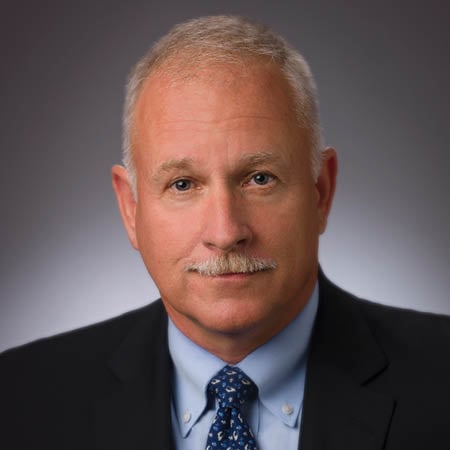One of the world’s largest oilfield companies, Halliburton had revenue of nearly US$33 billion in 2014. Its current mission is to build on its successful business strategy to be ready for action when the global downturn turns up.
Halliburton provides services to help oil and gas operators maximise their assets throughout the life cycle of the well. The company has dual headquarters in Houston, Texas, and Dubai, UAE, with operations in more than 80 countries, and it employs more than 65,000 people. The company has two divisions: Drilling and Evaluation, and Completion and Production. The Drilling and Evaluation Division, which comprises six product service lines (PSLs), provides field and reservoir modelling, drilling, evaluation, and precise wellbore placement solutions that enable customers to optimise well construction activities.
The Completion and Production Division also has six PSLs, which deliver cementing, stimulation, well intervention, pressure control, pipeline and process, and completion services.
Erle P Halliburton started the company in Oklahoma in 1919. Just seven years later, he began to expand its business internationally, selling five cementing units to an English company in Burma. The sale was the start of Halliburton’s Eastern Hemisphere (EH) operations. Erle sent his brothers to Alberta, Canada, to open business there, and to Venezuela to establish the company’s first international offices in 1940. The company took its innovative technology into Colombia, Ecuador, Peru, and the Middle East, where it provided services for the Arabian-American Oil Company, the forerunner of Saudi Aramco.



